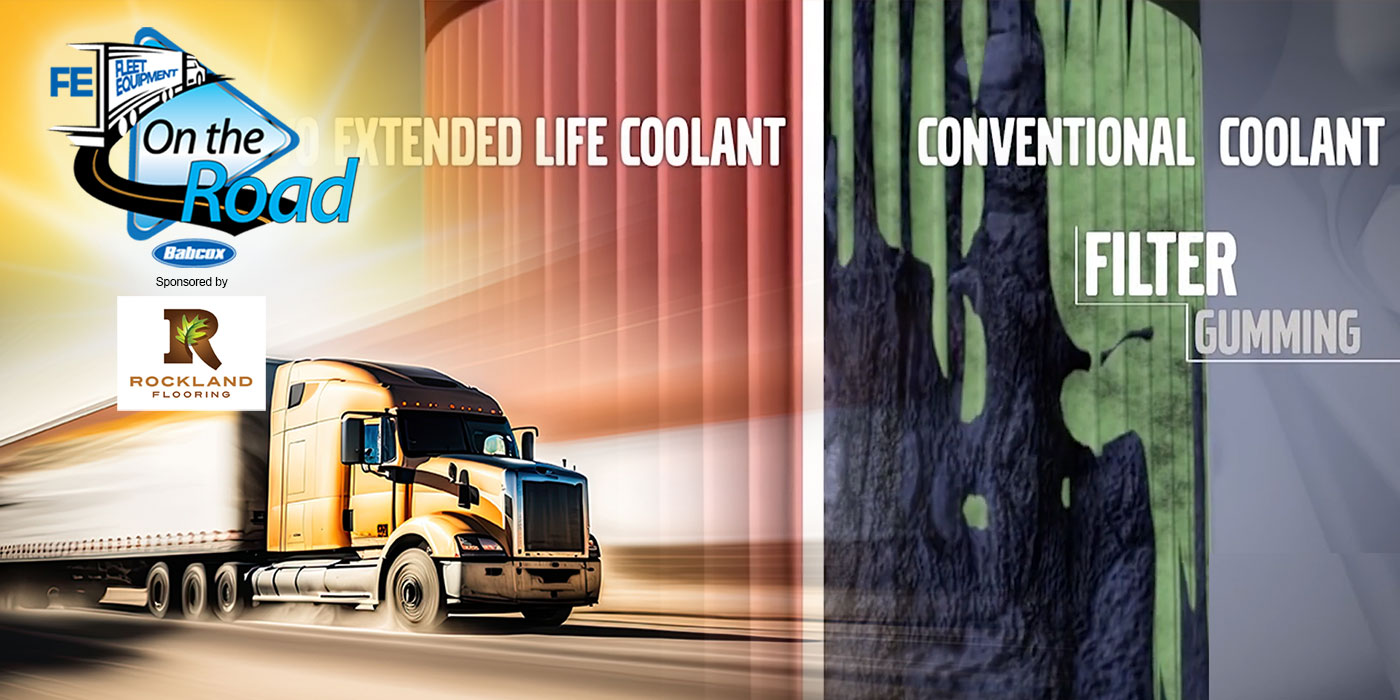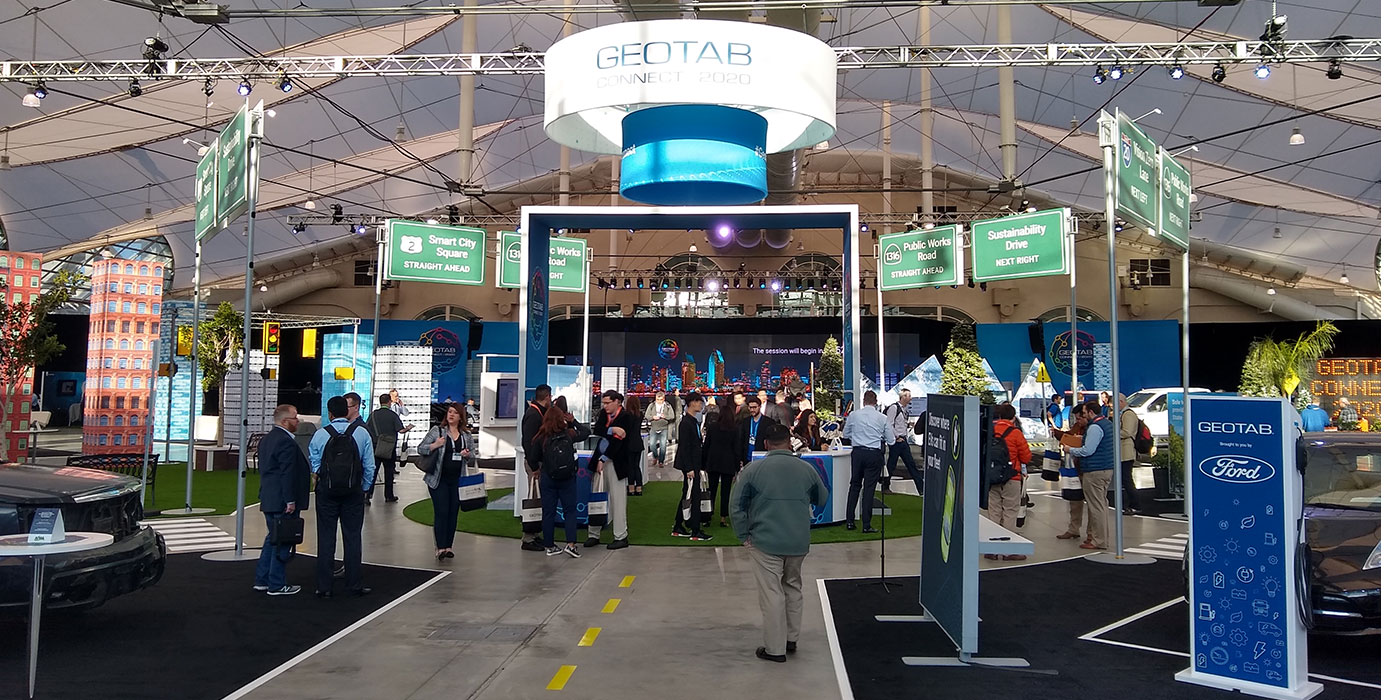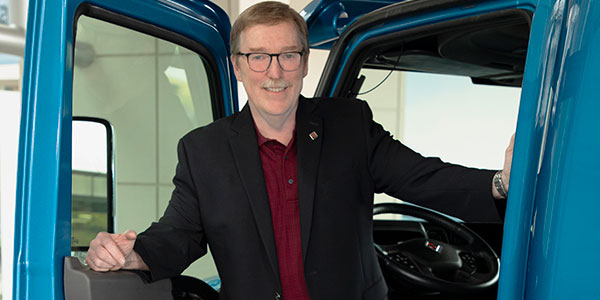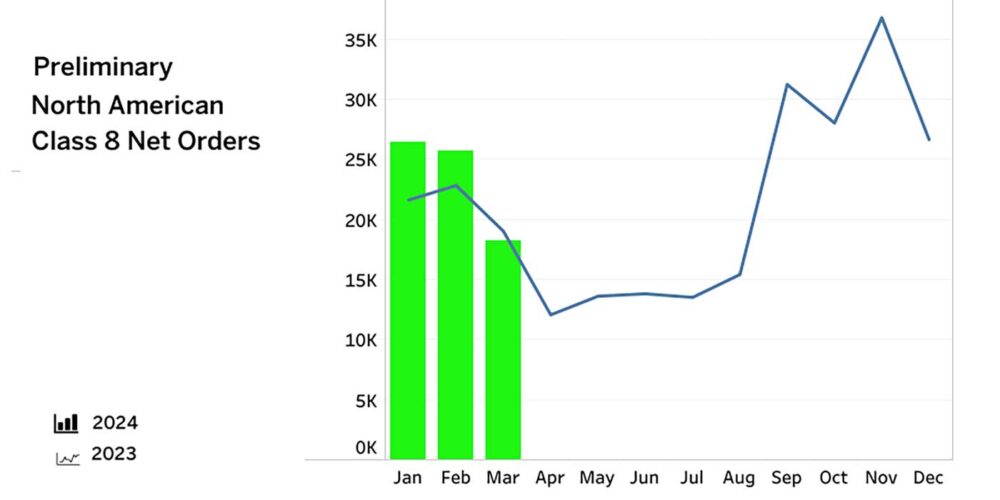The Kenworth T270 Class 6 hybrid truck is aimed at P & D operations and utilities
I recently test drove Kenworth’s factory prototype T270 hybrid truck, outfitted with a 24-ft. Supreme van body. This setup is typical of an in-town pickup & delivery operation –– a market where hybrids offer cost advantages. Kenworth’s goal is to enhance fuel economy by up to 30 percent in P&D applications and up to 50 percent in utility operations.
The T270 Class 6 hybrid is powered by the PACCAR PX-6 diesel engine connected to an integral transmission-mounted motor/generator, frame-mounted inverter/ controller and 340V lithium-ion battery pack developed in partnership with Eaton. (The same is used in the Class 7 T370 hybrid.)
The system automatically switches between various modes of electric motor and diesel operation. Stored electricity is used for acceleration, for which the motor/generator provides nearly 60 HP and 310 ft.-lbs. of torque. Take your foot off the accelerator and the motor becomes a generator during braking –– to help slow the vehicle and charge the batteries for the next start-stop cycle.
Similar to displays in hybrid passenger cars and SUVs, a 7-in. color LCD monitor on the dash shows an animation of the parallel hybrid system status: electric launch, hybrid power, engine power, hybrid charge, etc. –– but the hybrid operation can be sensed just as easily through sound sensations alone.
At start-up, the PACCAR PX-6 turns over and remains at idle, just as in a conventional truck. But when you put your foot on the accelerator, there is no engine revving sound. Instead, there is just an additional whirr –– like a golf cart’s –– as the electric motor launches you forward. This part of the power curve is where electric motors excel, compared to the fuel-hungry acceleration of a combustion engine, and the electric motor’s quick acceleration is a welcome boost from standstill. As speed approaches 30 MPH, the diesel engine picks up the proper revs to take over smoothly from the hybrid’s electric motor. Reaching that speed has put a serious drain on the batteries, but nearly all of the charge will be restored via regenerative braking; the remainder will come from the diesel engine. All of the power choice decisions are computer controlled, so there’s little difference from driving a conventional diesel powertrain. Since the electric motor has great low-speed torque, a 240 HP diesel is plenty for sustaining momentum at driving speeds, and a smaller engine offers potential fuel savings. With the regenerative braking, there’s also less wear on the service brakes compared to a conventionally powered vehicle in stop-and-go driving. Kenworth will soon begin full production of these medium-duty, diesel-electric hybrid trucks at the PACCAR plant in Ste.-Therese , Quebec .




















